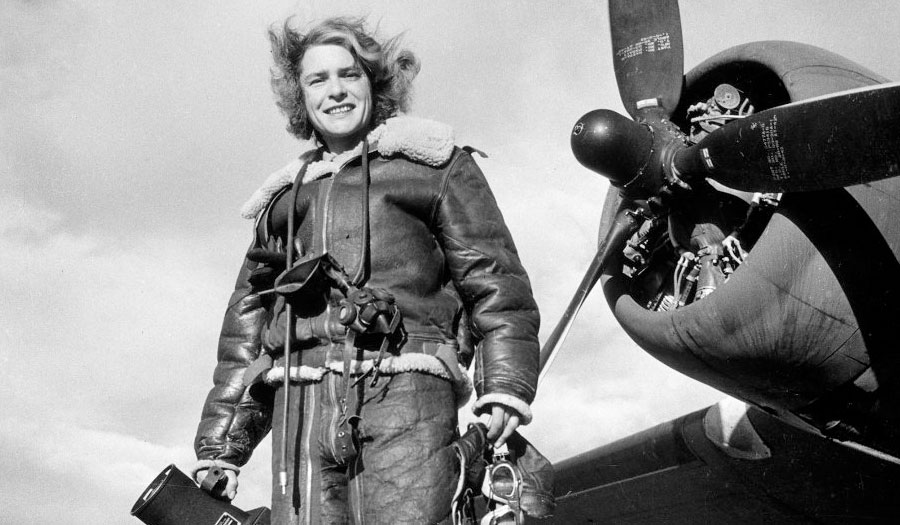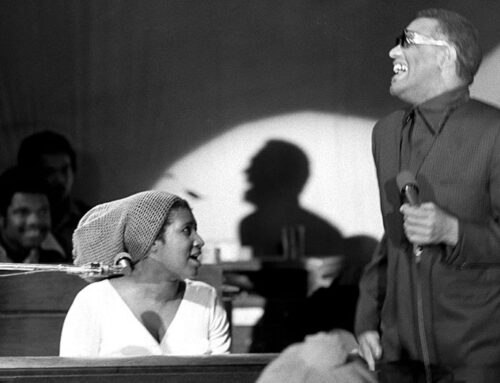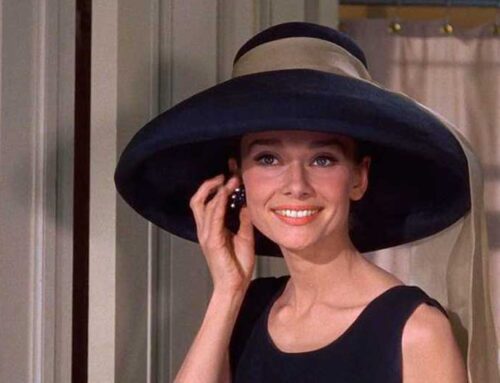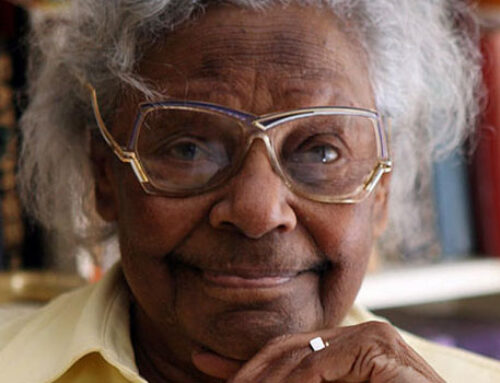Hired as the first female photojournalist by LIFE magazine in 1936, one of Margaret’s photos was featured on the cover of the very first issue of the famous news magazine.
For decades, Bourke-White travelled the world photographing key events of her time. In 1930, she became the first Western photographer allowed to take pictures of Soviet industry during the Soviet five-year plan. She also spent much of the 1930s photographing the downtrodden victims of America’s Great Depression.
When World War II broke out, Bourke-White was the first woman permitted to work in combat zones. LIFE staff started referring to her as “Maggie the Indestructible” after repeatedly coming under fire and surviving.
While attached to General Patton’s forces in Germany, she was one of the first photographers to document the horrors of the Buchenwald concentration camp after it was liberated. The following year, she photographed Mahatma Gandhi in India, including taking a now iconic photo of him at his spinning wheel.
Bourke-White had a reputation for being relentless in her pursuit of the perfect photograph to embody her subject. “I feel that utter truth is essential,” she asserted, “and to get that truth may take a lot of searching and long hours.” Her autobiography Portrait of Myself, was published in 1963. She died in 1971 from Parkinsons disease, aged 67.




